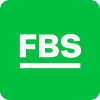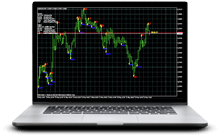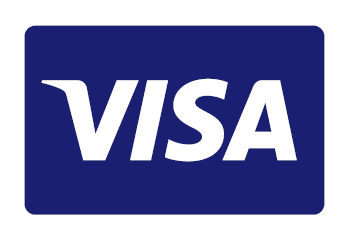Spread
Spread
Before defining the spread, it is preferable to start with bid and ask prices.
You have certainly come across these terms when exchanging money at the bank. Have you noticed that one price is higher and the other is lower? The lower price is the price at which the bank buys the currency from you, and the higher price is the price at which it sells the currency to you. The difference between these two prices is called the spread. The spread is the income a bank earns from the foreign exchange transactions it carries out for a client.
FX spread works the same way. To enter the Forex market, you need a broker to execute your trades. Will they do it for free? Of course not. The commission you pay to your broker is called the spread.
How to calculate a Forex spread?
There are two prices on the chart: bid (lower) and ask (higher). The difference between them is called the spread. To calculate the spread faster, use the FBS calculator.
FBS trading accounts have floating spreads, which means they are constantly changing due to market conditions and supply/demand issues.
2023-05-24 • Updated











